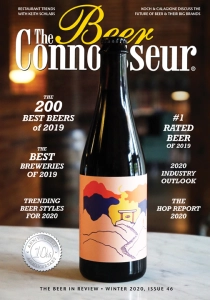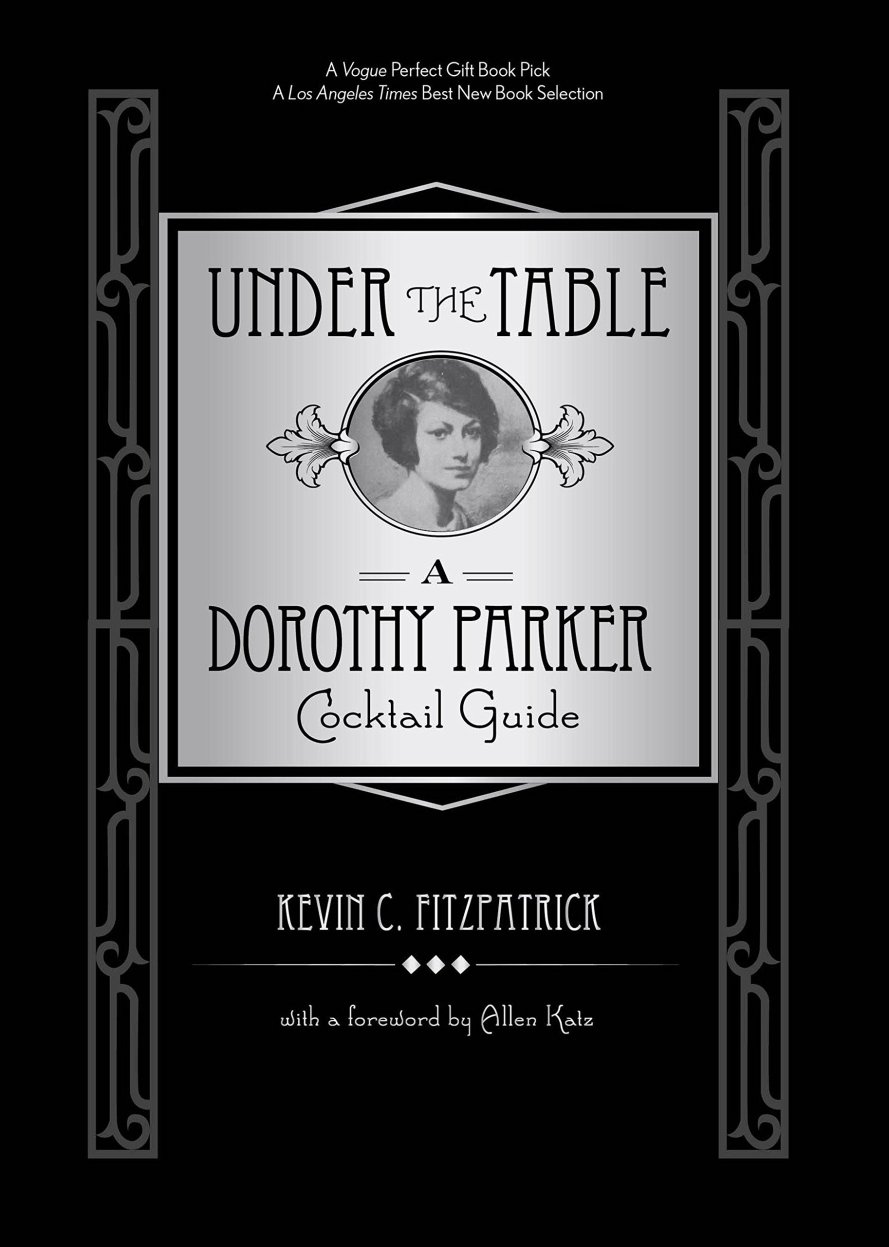In a recent Esquire magazine interview, astrophysicist Neil DeGrasse Tyson said the following when asked about a National Academy of Science award that he received for his teaching efforts:
“You’re lecturing me” is never a compliment. So I realize that’s not what I should be doing if I have any interest in compelling people to become scientifically literate.
I wish my history teachers and most history book writers would have taken his advice. For me, history classes and reading history books has always been a one way ticket to nap time, which isn’t a bad thing on a lazy weekend afternoon, but when you’re taking a history class and have tests to take or papers to write, a nap is the last thing you need. Especially when you’re a super slow reader like me!
Kevin C. Fitzpatrick’s book “Under The Table: A Dorothy Parker Cocktail Guide” is a history book of sorts, but at no point did I feel like I was being lectured to. Much like a well crafted cocktail, this book is all about balance. Rather than just focusing on Dorothy Parker’s life and work, Mr. Fitzpatrick gives us a hodgepodge of history, cocktail recipes along with their origin stories, and numerous quotes by Dorothy Parker or one of her associates.
Under The Table begins with a brief overview of Dorothy Parker’s life, and then gets right down to the business of proper cocktail making with a quick glossary of bartending terms that the author calls “Cocktails 101”. After we get to know a bit about Ms. Parker and the basics of bartending, we get right into the cocktail recipes; some date back to the Prohibition era, while others were recently created as an homage to Ms. Parker.
What impresses me most about the cocktail recipes in this book is their accessibility. As I mentioned in my review of Brooklyn Spirits, I’m not one for recipes, and I especially dislike any recipe that requires an additional recipe to make one of its ingredients (I’m looking at you, Dried Lavender Syrup!). There is very little of that in Under The Table. The vast majority of the drinks in this book have less than four ingredients, and those ingredients are usually of the easy to get variety (i.e. rum, gin, vermouth, whisky, citrus, simple syrup, and bitters). Here are three examples of what I’m talking about:
- Algonquin Cocktail (page 6): 1.5 ounces Rye Whiskey, .75 ounce Dry Vermouth, .75 ounce Unsweetened Pineapple Juice, and a Maraschino Cherry. Stir all of the liquid ingredients in a cocktail shaker filled with ice, strain into a chilled cocktail glass or over ice into an old-fashioned glass. Garnish with the cherry.
- Orange Blossom (page 92): 1 ounce Gin, 1 ounce Fresh Orange Juice, 1 teaspoon Powdered Sugar, and Orange Peel. Shake all of the liquid ingredients in an iced filled cocktail shaker. Strain into a cocktail glass. Garnish with flamed orange peel.
- Ward 8 (page 118): 2 ounces Rye Whiskey or Bourbon, .5 ounce Fresh Lemon Juice, .5 ounce Fresh Orange Juice, 1 teaspoon of Grenadine, and a Maraschino Cherry. Shake all of the liquid ingredients in an iced filled cocktail shaker. Strain into a cocktail glass. Garnish with the cherry.
See what I mean? Under The Table is full of straightforward, easy to make, and thirst inducing cocktail recipes like this, and with the summer entertaining season right around the corner, there’s a very good chance that this book will be at my side as I do a bit of bartending.
As I’ve already mentioned, there’s a good bit of history about Ms. Parker scattered throughout the book. To be honest, other than her name and The Algonquin Round Table, I didn’t know all that much about her before reading Under The Table. Here are a few things I learned:
- In 1919, Dorothy Parker became a founding member of the Algonquin Round Table.
- In 1925, Ms. Parker joined The New Yorker magazine’s editorial board. Her contributions to the magazine included poetry, fiction, and theater/literary criticism.
- Once Prohibition went into effect in January of 1920, there was no drinking at the Algonquin Hotel, so those Round Table sessions were dry (much like the humor that was brandished about), but there was plenty of tippling going on in the numerous speakeasies that were strewn throughout New York City.
- Dorothy Parker and her husband Alan Campbell (they were married in 1934, divorced in 1947, and remarried in 1950) wrote the 1937 film, A Star is Born. They received an Academy Award nomination for their screenwriting efforts.
In case you couldn’t tell, I really enjoyed Under The Table. It’s an easy, breezy read that will leave you longing for witty banter with friends while enjoying some deliciously intoxicating cocktails. This book is a highly worthwhile read.
___________________________________________________________
Many thanks to Lori Edelman of Second Self Media for sending us a copy of this book!
Categories: Book Review, Cocktails, Review








Fascinating book and well designed. A fun historical cocktail book. Is that even a category? Now pardon me while I go to the parlor room for a game of cribbage and a Ward 8 with the Underhills who are visiting Boston.
LikeLiked by 1 person
My regards to the Underhills!
LikeLike
So, the similarities between the Algonquin table and our table are….
LikeLiked by 1 person
We ain’t that witty. But we are esteemed members of the media.
LikeLike